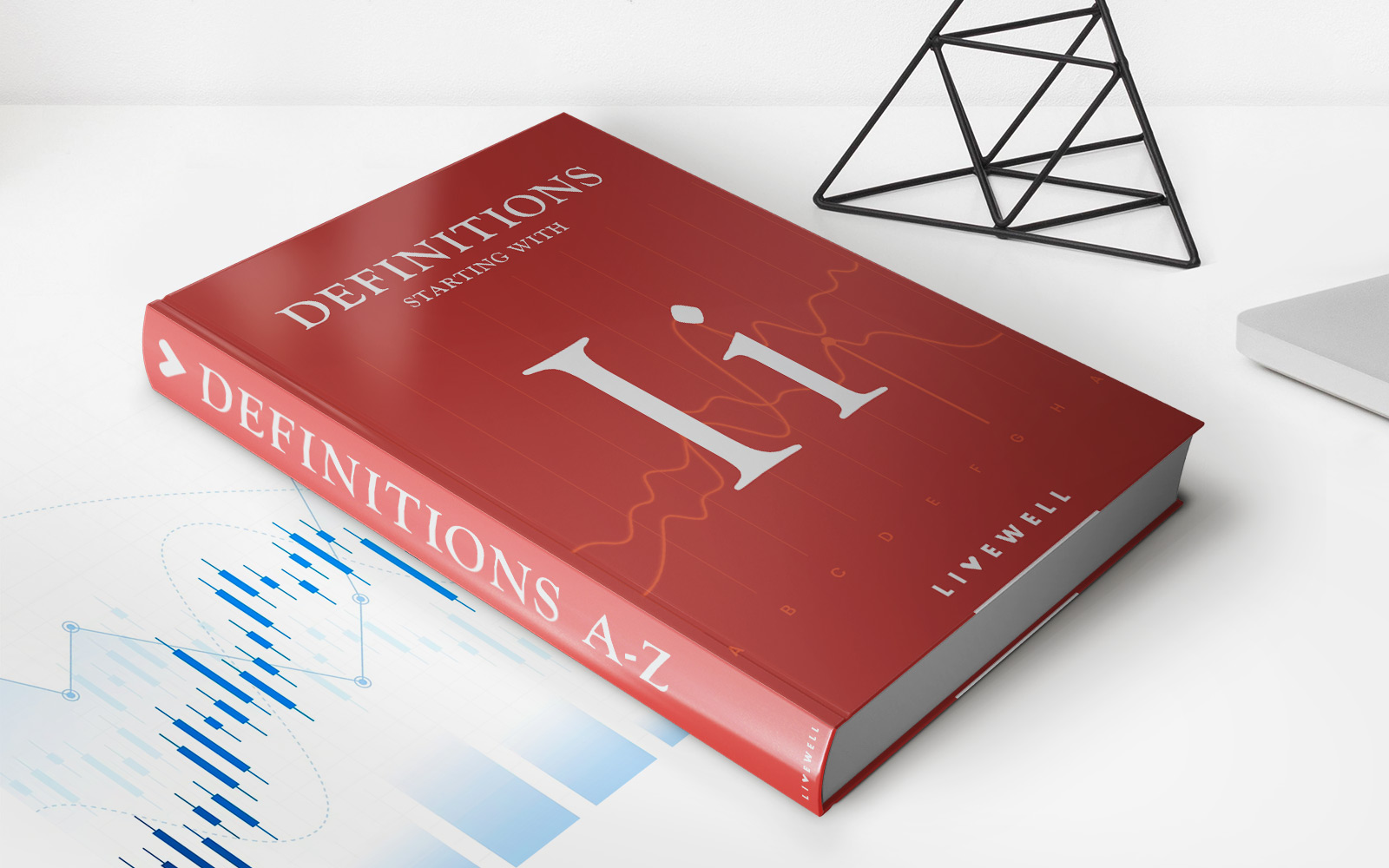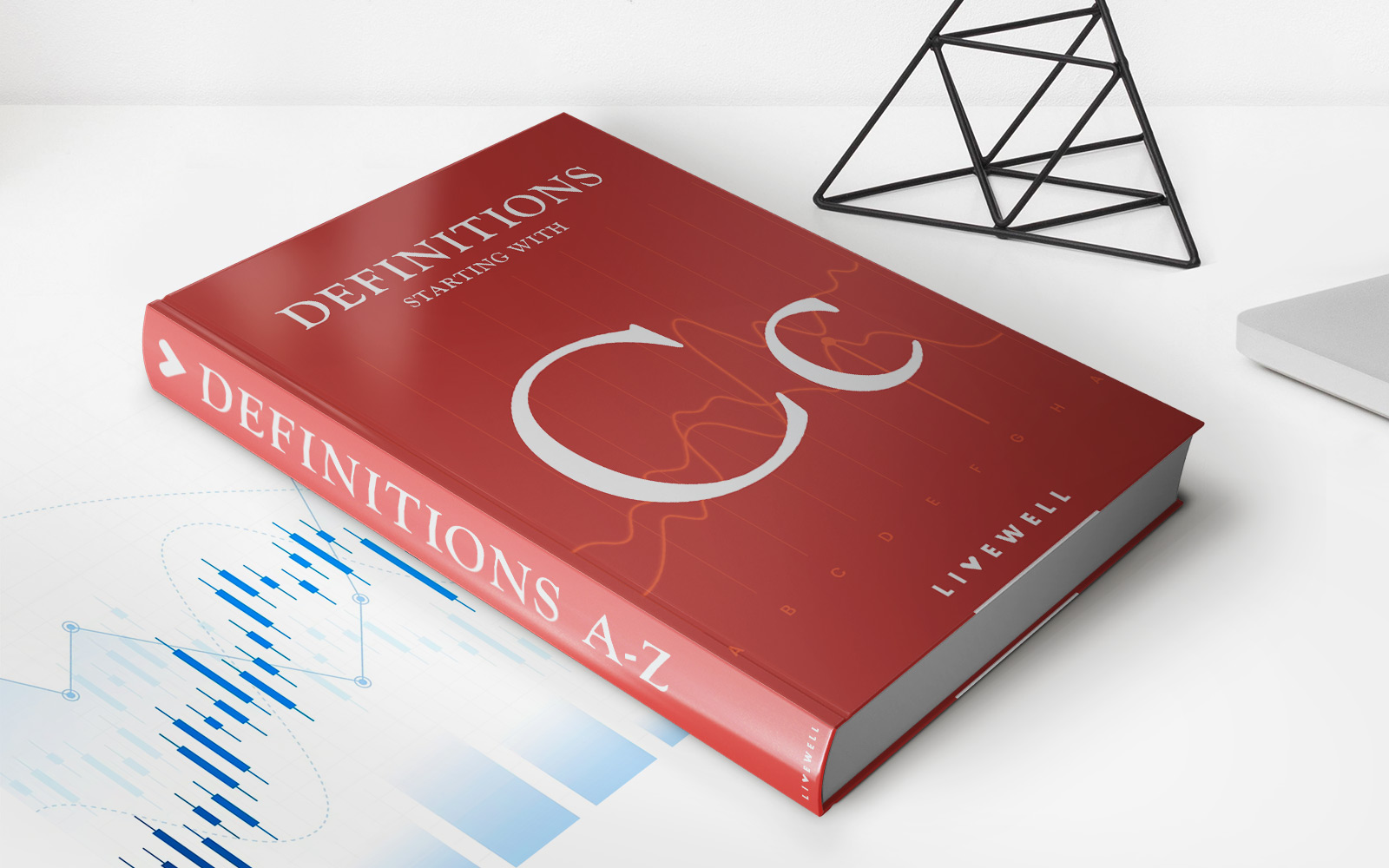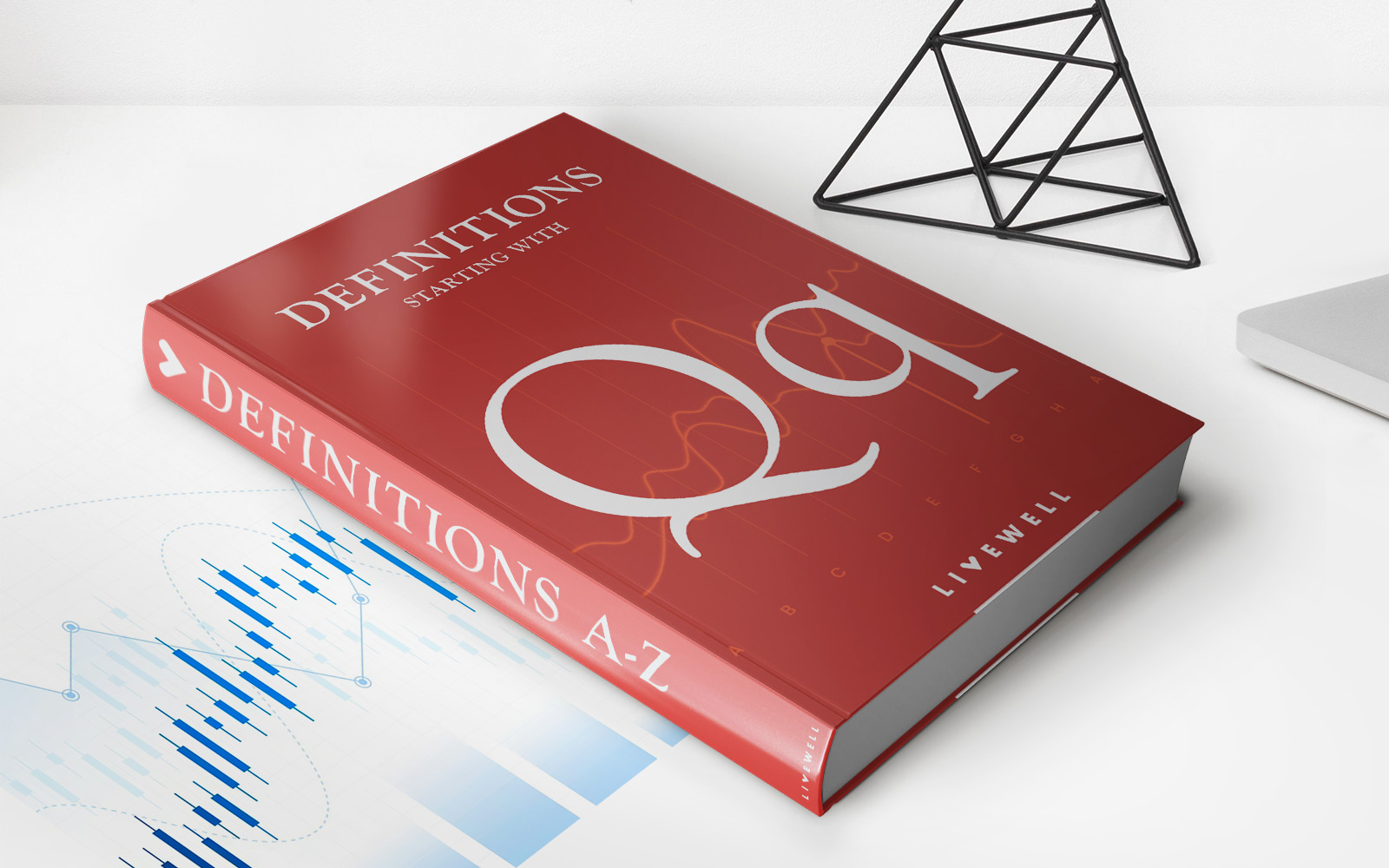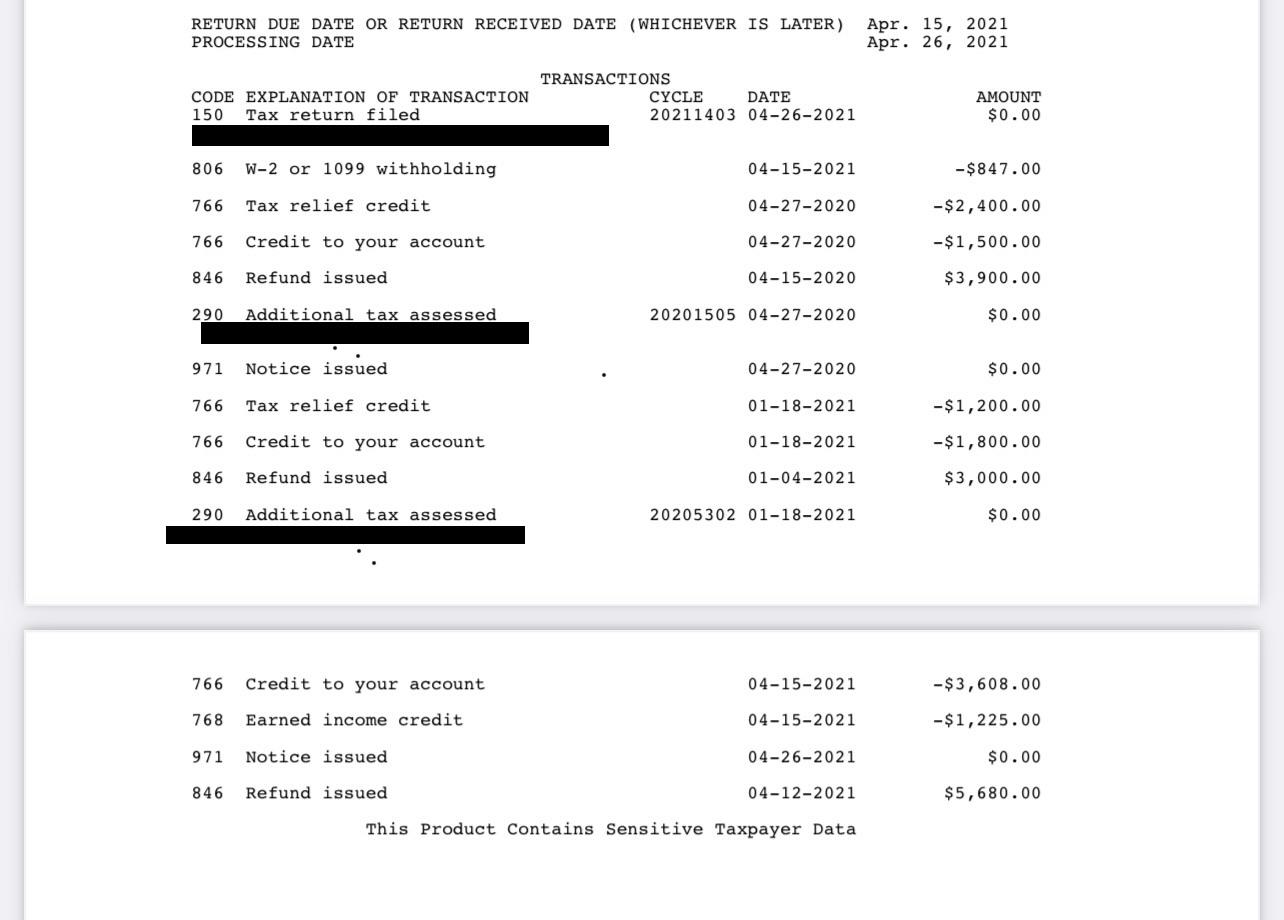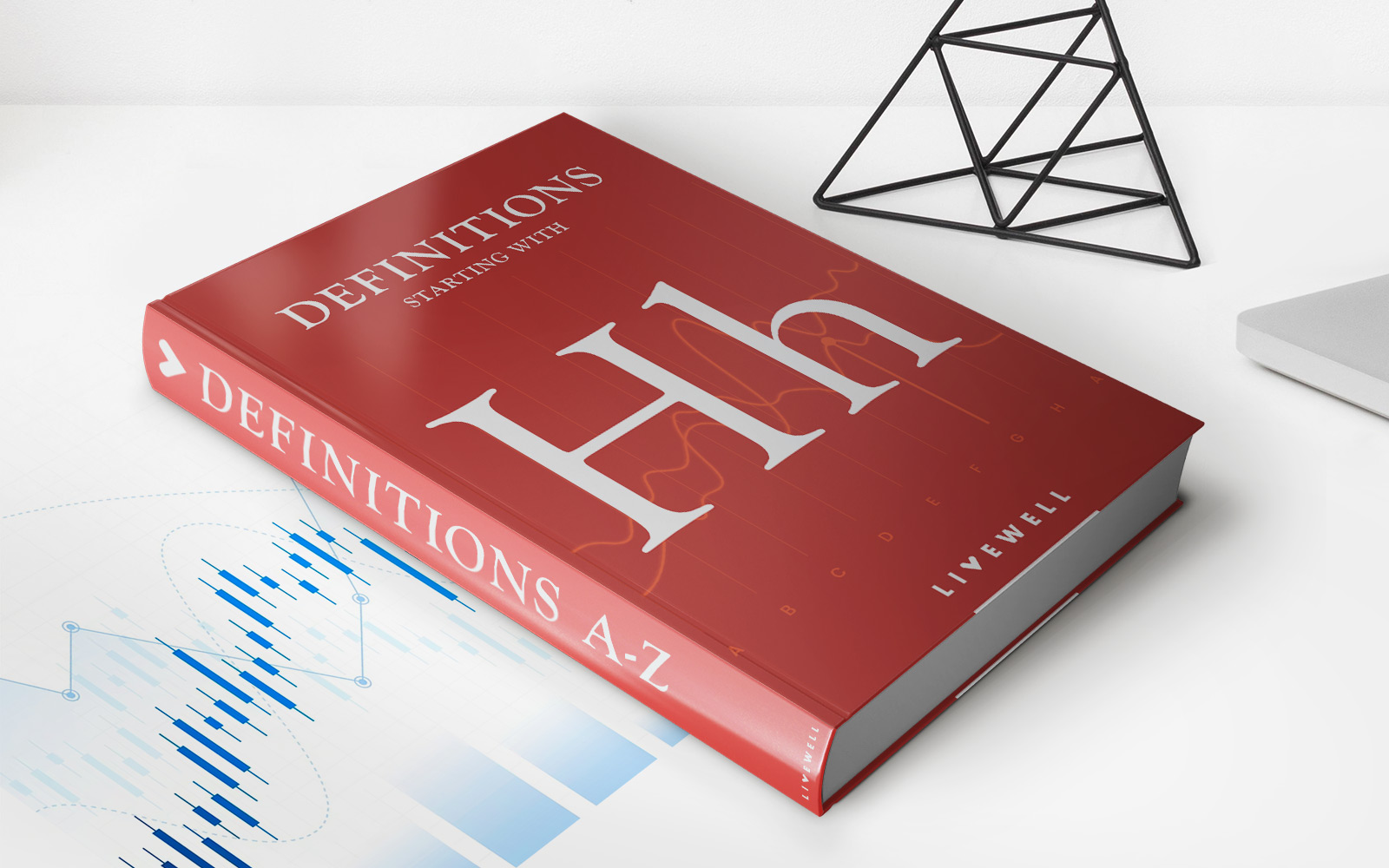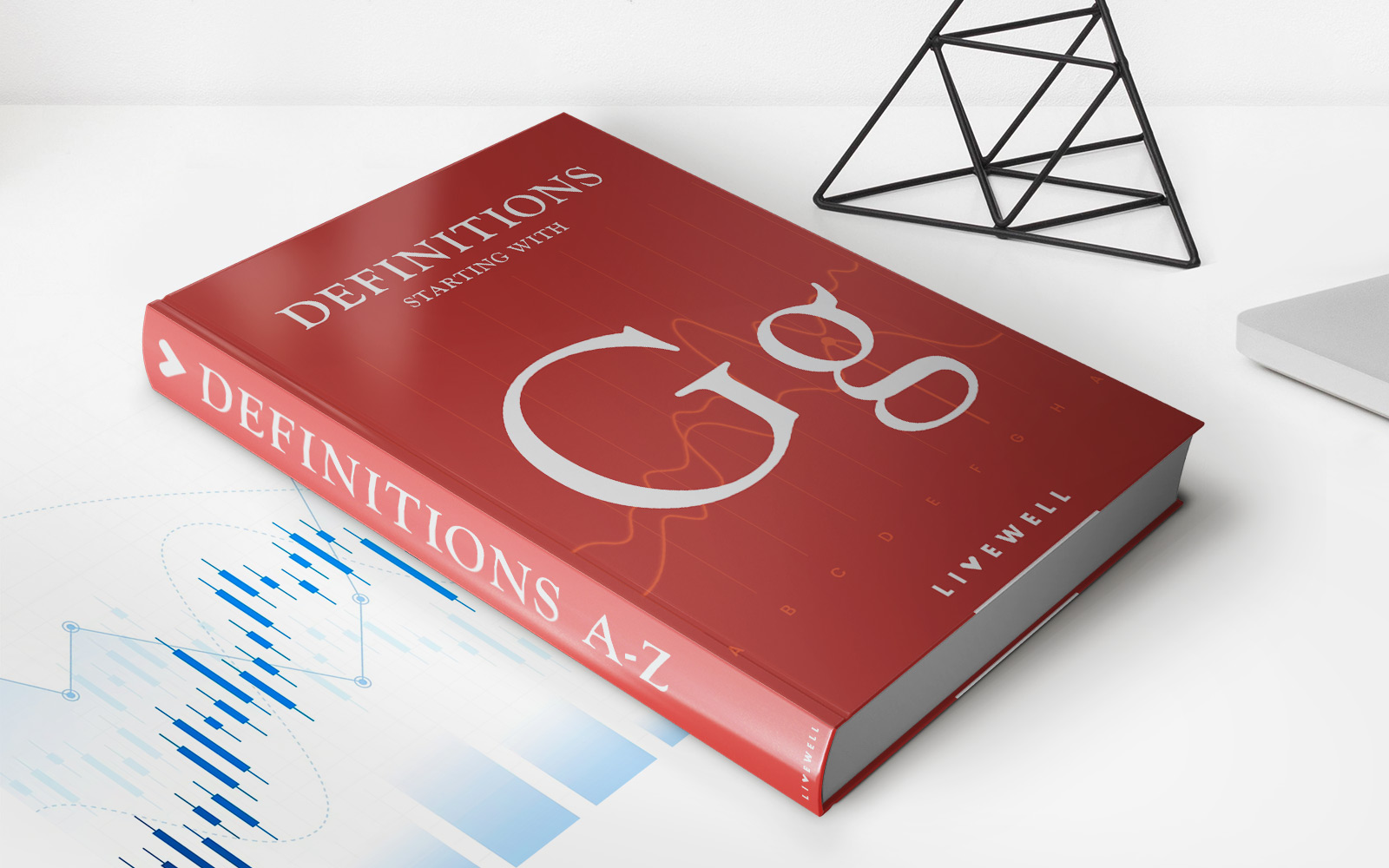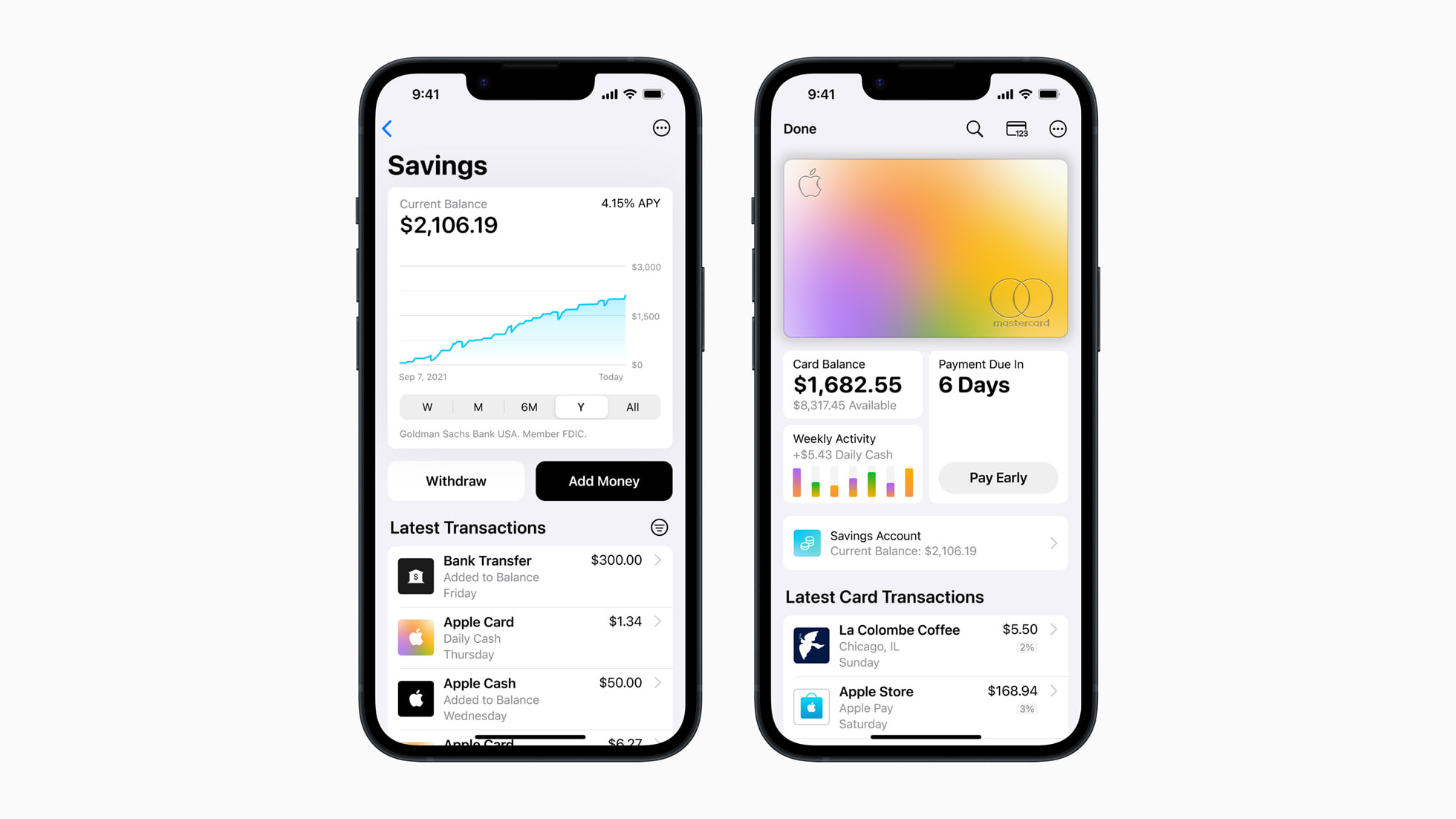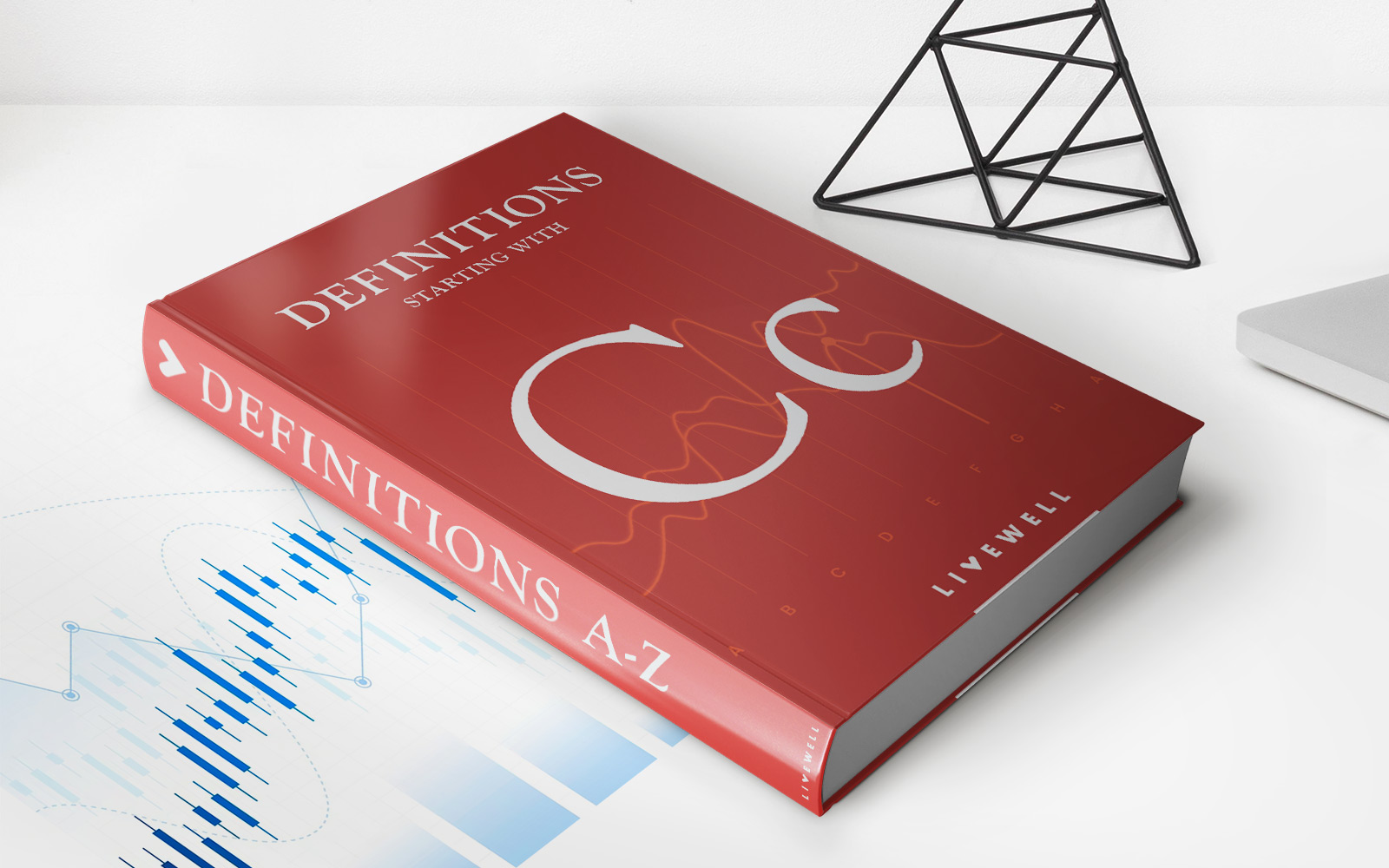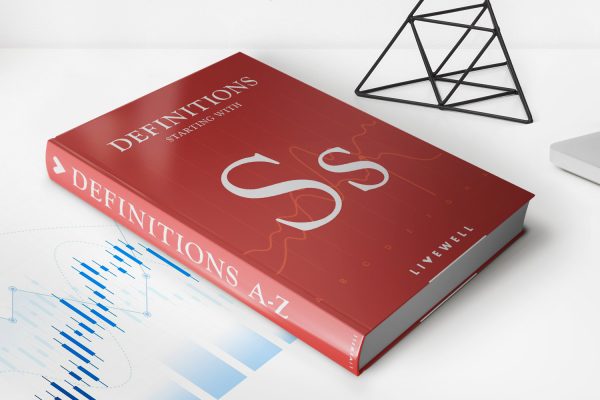Home>Finance>Bond Quote: Definition, How To Read For Trading, And Example
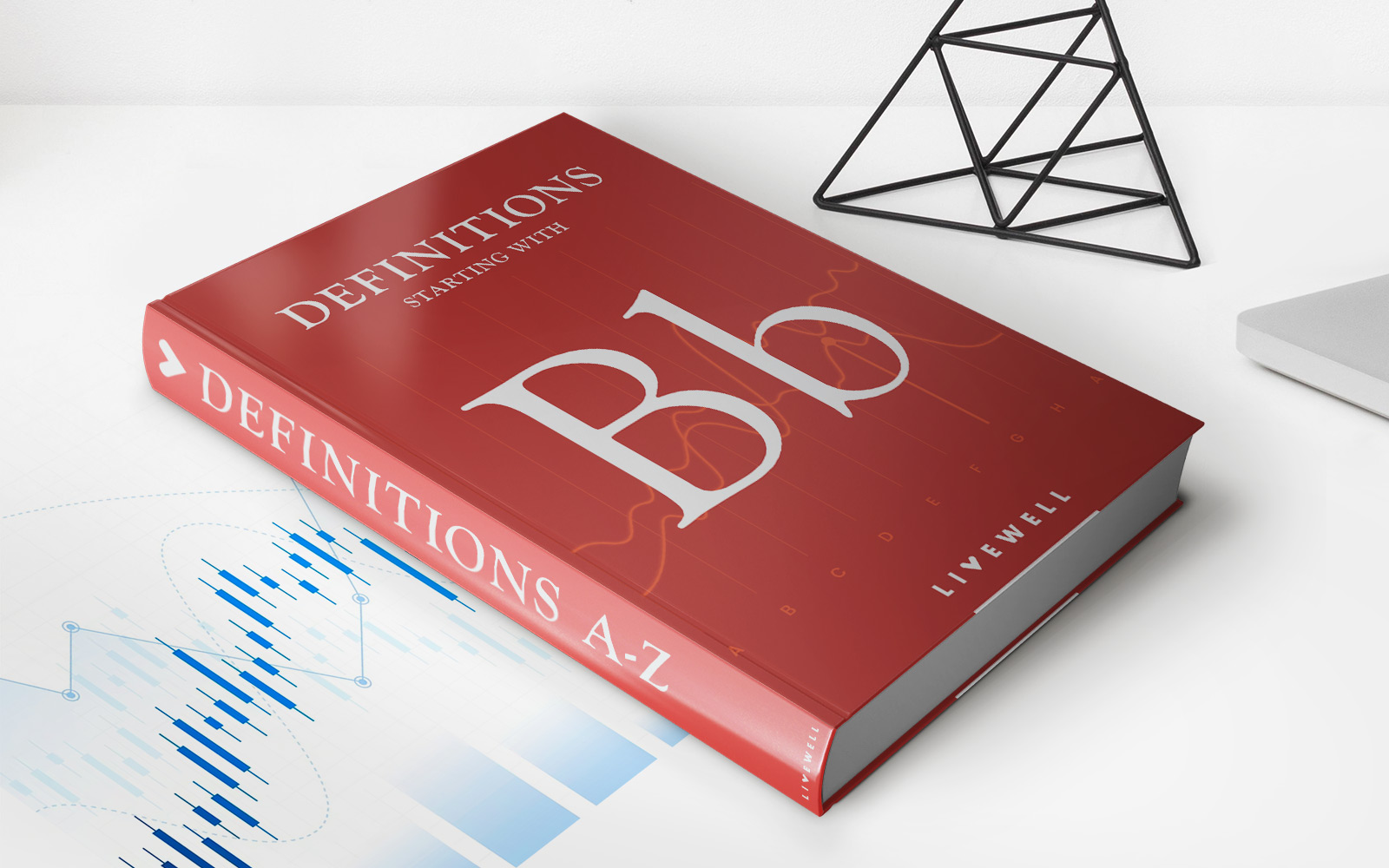

Finance
Bond Quote: Definition, How To Read For Trading, And Example
Published: October 18, 2023
Learn the definition of bond quotes in finance, understand how to read them for trading, and explore examples for a better understanding.
(Many of the links in this article redirect to a specific reviewed product. Your purchase of these products through affiliate links helps to generate commission for LiveWell, at no extra cost. Learn more)
Bond Quote: Definition, How to Read for Trading, and Example
Welcome to our “Finance” category, where we delve into various aspects of the financial world to provide you with valuable insights and knowledge. In this article, we will explore the concept of bond quotes, including their definition, how to read them for trading purposes, and provide you with a practical example. So, let’s dive right in and unravel the mystery of bond quotes!
Key Takeaways:
- Bond quotes are the prices at which bonds are traded in the financial markets.
- They consist of the bond’s bid price, ask price, and yield to maturity.
Definition of Bond Quotes
Before we understand how to read bond quotes, let’s first define what bond quotes actually are. Bond quotes refer to the prices or rates at which bond securities are bought and sold in the financial markets. They provide valuable information about the current market value of bonds and play a crucial role in facilitating trading and investment decisions.
How to Read Bond Quotes for Trading
Reading bond quotes may appear intimidating at first, but with a little guidance, it becomes much easier to interpret the information they convey. Here’s a breakdown of the key components that make up a typical bond quote:
- Bond Symbol: Each bond has its own unique symbol, which acts as an identifier in the financial markets.
- Bid Price: The bid price represents the highest price that a buyer is willing to pay for a bond.
- Ask Price: The ask price represents the lowest price at which a seller is willing to sell a bond.
- Yield to Maturity (YTM): The yield to maturity is the total return anticipated on a bond if held until its maturity date. It is presented as an annual percentage.
By looking at these components, investors and traders can quickly assess the current market sentiment towards a particular bond and make informed decisions.
Example of a Bond Quote
Let’s consider an example to further solidify our understanding. Suppose we come across a bond quote for a fictitious company XYZ:
Bond Symbol: XYZ001
Bid Price: $99.50
Ask Price: $100.20
Yield to Maturity (YTM): 4.5%
In this example, the bid price is $99.50, indicating the highest price a buyer is willing to pay for the XYZ bond. On the other hand, the ask price is $100.20, which represents the lowest price at which a seller is willing to sell the bond. Lastly, the yield to maturity of 4.5% provides an estimate of the potential return on investment if the bond is held until maturity.
Understanding this quote, an investor can assess whether the bond is currently priced attractively for purchase or sale, considering their investment objectives and market conditions.
Conclusion
Bond quotes provide valuable information for investors and traders to make informed decisions regarding bond trading. By understanding the components of a bond quote and how to read them, individuals can gauge market sentiment, evaluate potential returns, and make well-informed investment choices.
We hope this article has helped demystify bond quotes and provided you with the knowledge to navigate the world of bond trading more confidently. If you have any further questions or would like to explore other financial topics, please feel free to explore our website’s “Finance” category.
